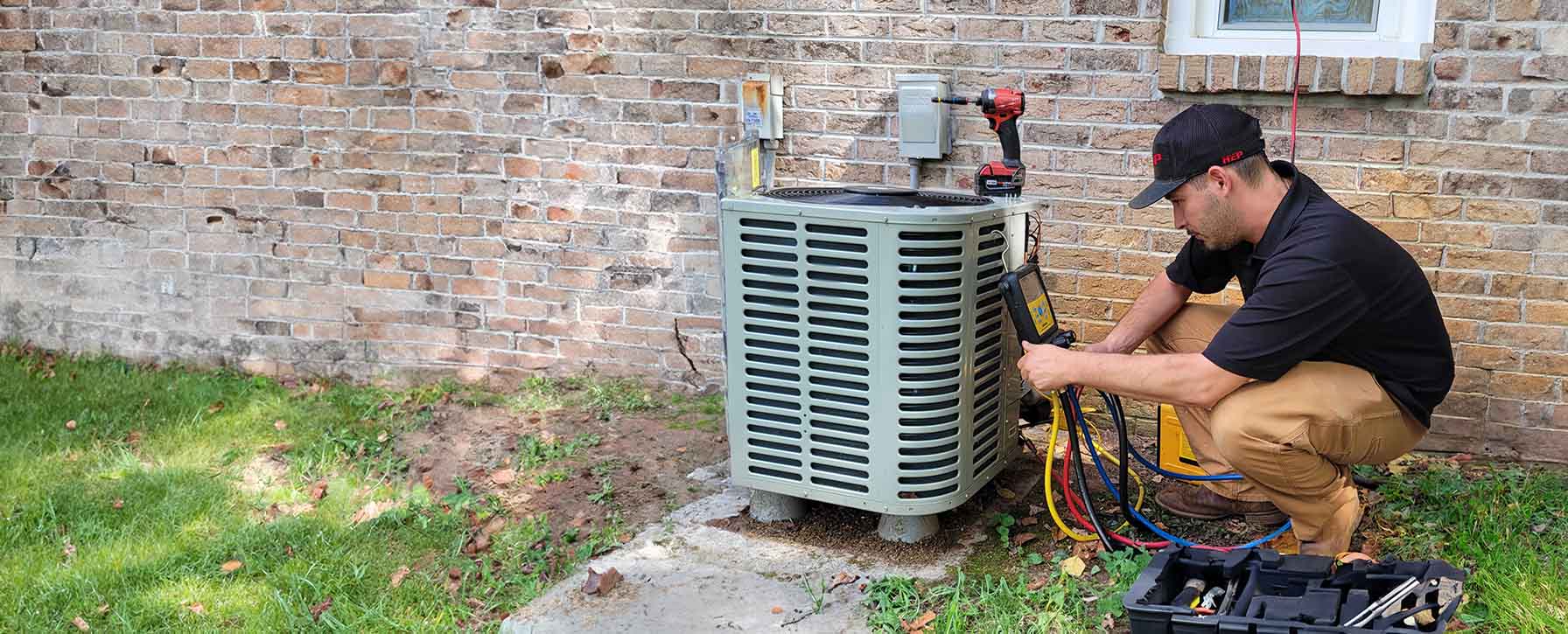

Energy Efficiency
Your trusted partner for professional home services. Quality workmanship, guaranteed satisfaction.




- HEP
- Energy Efficiency
Energy Efficiency | Ventilation and Air Quality | Heating and Air Conditioning | Pelham
From the sultry summer afternoons to those crisp winter nights in Pelham, HEP keeps comfort effortless while trimming energy bills. Our seasoned technicians fine-tune high-efficiency furnaces, heat pumps, and smart AC systems so they sip power instead of guzzling it, giving you reliable temperature control without the sticker shock. Every installation is tailored to the quirks of your home, ensuring peak performance and longer equipment life.
But great comfort is about more than degrees on a thermostat—it’s about the air you breathe. That’s why we build every project around superior ventilation and air quality solutions. From sealed-duct retrofits and balanced fresh-air intakes to MERV-rated filtration and quiet ERV/HRV systems, we clear out allergens, humidity, and stale odors while safeguarding your family’s health.
Ready to feel the difference? HEP’s local team is just around the corner, ready to deliver cleaner air, lower energy costs, and year-round peace of mind in Pelham. Let’s create a home that breathes as easily as you do.
FAQs
What energy-efficient heating options work best for Pelham’s climate?
Pelham experiences hot, humid summers and cool, sometimes freezing winters, so systems that can both heat and cool efficiently are ideal. Two of the most popular choices are high-efficiency gas furnaces (AFUE 95 % or higher) paired with variable-speed air conditioners, and all-electric air-source heat pumps rated at least 16 SEER2 / 9 HSPF2. Heat pumps provide efficient cooling in summer and cost-effective heating down to about 25 °F; when temperatures drop lower, an auxiliary electric strip or gas furnace can take over. Both options can cut annual utility costs by 20–40 % compared with older equipment.
How often should I change or clean HVAC filters to protect indoor air quality?
In Pelham’s pollen-rich spring and dusty late summer, 1-inch pleated filters should be checked every 30 days and replaced at least every 60 days. Thicker 4- to 5-inch media filters can last 3–6 months. Homes with pets, smokers, or recent construction debris may need more frequent changes. A clogged filter forces the fan to work harder, which raises energy use by up to 15 % and circulates allergens and particulates through the house.
What is a heat pump and why is it considered energy-efficient?
A heat pump is an HVAC unit that moves heat rather than generating it. In cooling mode it extracts heat from indoors and releases it outside; in heating mode it reverses the cycle, drawing latent heat from outdoor air—even when it’s cold—and bringing it indoors. Because the system is just transferring heat, not burning fuel, it can deliver 2–3 units of heat for every unit of electricity consumed (200–300 % efficiency). Modern cold-climate models maintain this high efficiency down to 5 °F with variable-speed compressors and electronically commutated motors (ECMs).
How can I tell if my ductwork is wasting energy or hurting air quality?
Signs include uneven room temperatures, high utility bills, excessive dust, and hissing noises near joints. A professional duct-blaster test can quantify leakage; anything above 10 % of system airflow is considered excessive. Sealing leaks with mastic, adding insulation to attic runs, and balancing dampers can save 10–20 % on heating and cooling costs while preventing contaminants from unconditioned spaces from being sucked into the airstream.
Are there incentives or rebates for upgrading to high-efficiency HVAC equipment in Pelham?
Yes. Under the federal Inflation Reduction Act, households can receive a $600 tax credit for qualifying high-efficiency furnaces or air conditioners, and up to $2,000 for heat pumps rated ≥ 15.2 SEER2 / 9 HSPF2. Alabama Power and New York utilities serving Pelham, NY, offer additional rebates—typically $200–$800—when you install ENERGY STAR certified equipment or smart thermostats. Local municipalities also have low-interest loan programs for weatherization and HVAC upgrades. Always confirm eligibility and keep equipment invoices and AHRI certificates for your tax records.
What smart technologies can improve HVAC efficiency and indoor air quality?
Smart thermostats with geofencing and learning algorithms can trim energy use by 8–15 % by automatically adjusting setpoints when you’re away. Zoned controls using motorized dampers let you heat or cool only occupied areas. Indoor air-quality (IAQ) sensors that monitor CO₂, VOCs, and humidity can signal your HVAC system or an energy-recovery ventilator (ERV) to ramp up fresh-air exchange only when needed, maintaining healthy air without unnecessary energy loss. Integrating these devices through a home automation platform lets you track performance and receive maintenance alerts on your phone.